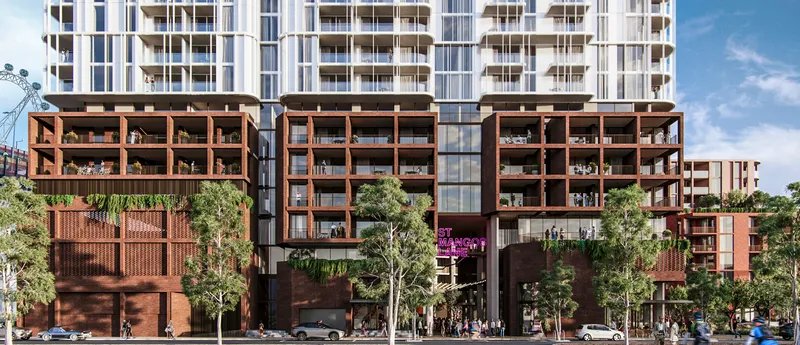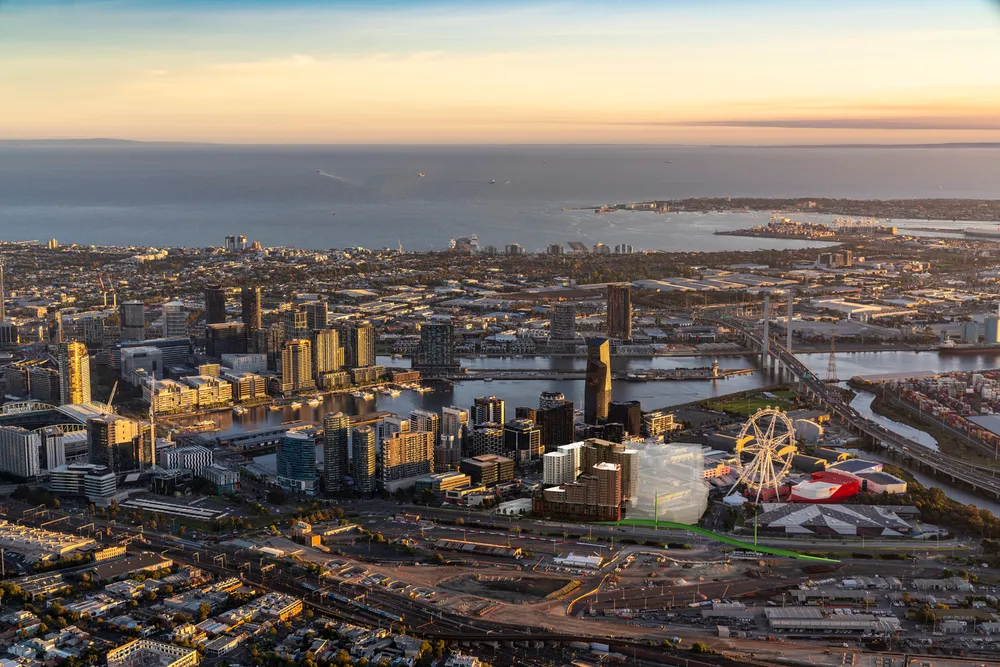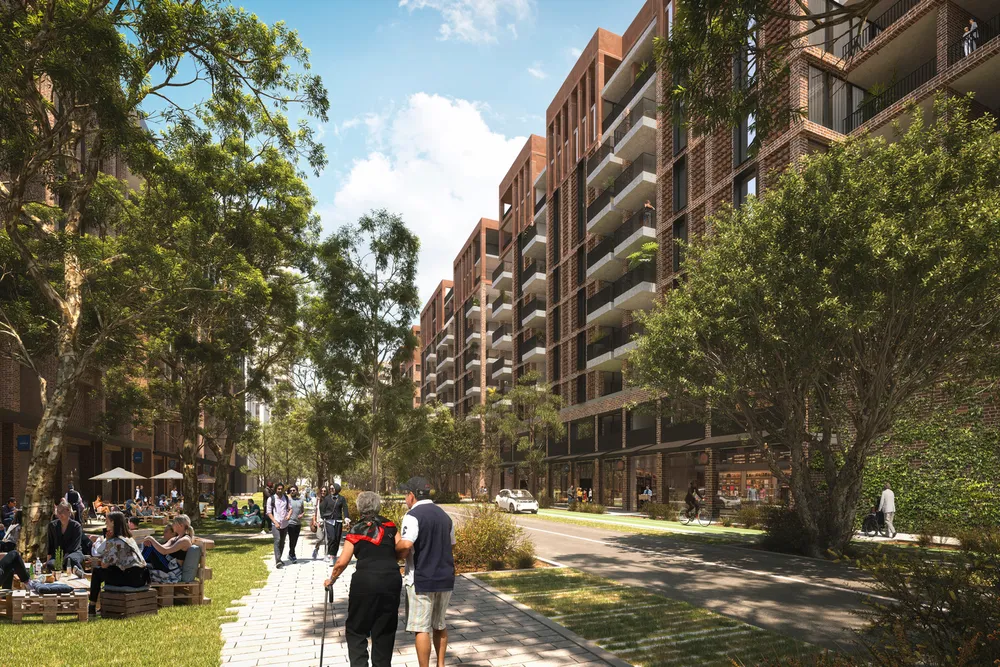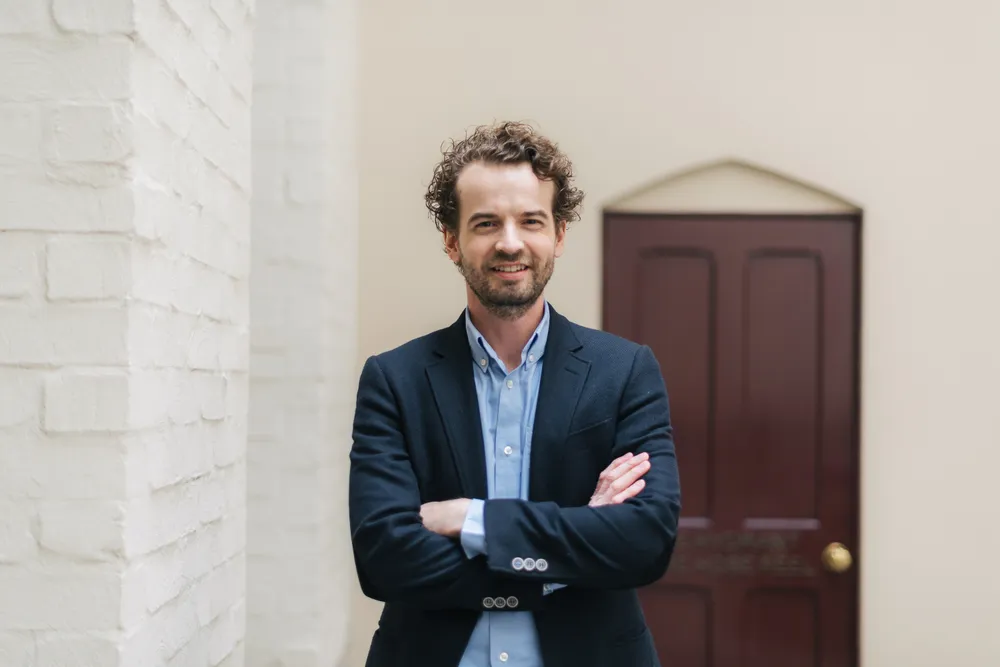News
Turning good thinking into good actions to help increase housing supply

The robust debates and discussions we engaged in were a clear reminder that there is no single, simple solution to this complex problem. Instead, it requires a multi-pronged approach that involves both the public and private sectors working in concert.

At its core, the answer to the housing crisis seems straightforward - improving housing supply. But as straightforward as this may sound, the real challenge lies in the details of how we make it happen. We must focus on enabling the conditions that allow for the creation of more housing, both through new construction and by making better use of the resources and buildings we already have.
Design plays a crucial role here, far beyond aesthetics. Well-thought-out design is essential to making housing projects viable. We know the challenges that our developers and public sector agencies face in ‘making projects stack’ in the current climate. In response, ensuring that developers are building up their feasibilities based on the most efficient space planning and site utilisation possible is essential to deliver value. This is of course Architecture 101, but getting the basics right must be the first step in any development, and it doesn’t always happen. Personally, helping developers unlock an opportunity to delivery optimal value (social, commercial, community or otherwise) is something that brings me a lot of satisfaction, irrespective of the housing typology.
One of the most promising opportunities to increase supply also lies in finding creative ways to adapt and upcycle existing buildings into new homes, by breathing new life into underutilised spaces while reducing the environmental impact of new construction. We are working with developers on both sides of the Tasman that are finding efficiencies in the adaptive reuse of sites and structures to underpin new multi-residential developments. Again, we know adaptive reuse feasibilities can be challenged, but in this hyper competitive and constrained market, opportunity often lies in places that others haven’t considered.

At the same time, and irrespective of the typology, as designers we must advocate for quality, ensuring that homes are not only affordable but also healthy and sustainable places to live. We have seen what happens when housing priorities focus on supply above all else - and this is a false economy. No matter the priorities of a development, design has a critical role to play to optimise the outcomes for both the developer and the occupants.
This moment is critical. We have the ideas and expertise to make real progress, but now is the time to turn good thinking into good actions. The housing crisis will not be solved by words alone. We must commit to working together across sectors, disciplines, and political divides to implement the solutions that will make a difference. By focusing on housing supply, embracing both design basics and innovation, and advocating for policies that enable positive change, we can begin to alleviate the strain of this crisis on communities and build a more equitable and sustainable future for all.
The time for action is now, and we can only make it happen together.
